Home>Home Appliances>Heating & Cooling>What Is Central Heating
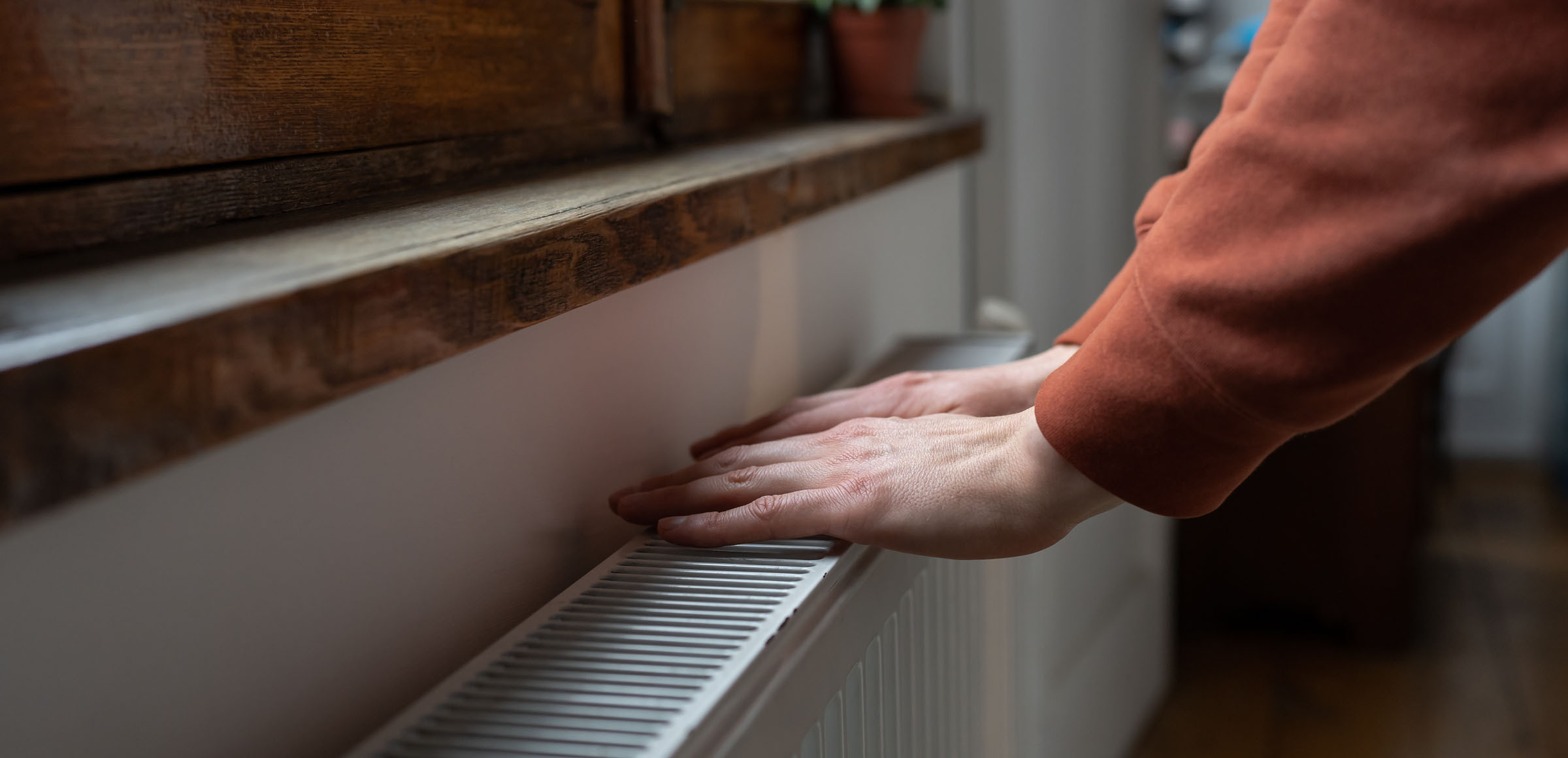

Heating & Cooling
What Is Central Heating
Modified: February 16, 2024
Learn about the benefits of central heating and cooling systems. Find out how they work and why they are essential for a comfortable home environment. Discover the best solutions for heating and cooling.
(Many of the links in this article redirect to a specific reviewed product. Your purchase of these products through affiliate links helps to generate commission for Storables.com, at no extra cost. Learn more)
Introduction
Central heating is a vital component of modern homes, providing warmth and comfort during the chilly months. It's a system that ensures every room in your house remains cozy, regardless of the outdoor temperature. Whether you're snuggled up with a book in the living room or preparing a delicious meal in the kitchen, central heating ensures that you're surrounded by a comfortable environment.
The concept of central heating has evolved significantly over the years, from traditional wood-burning stoves to sophisticated, energy-efficient systems. It's a testament to human ingenuity and our desire to create living spaces that offer both comfort and convenience.
In essence, central heating is a network of interconnected heating sources that distribute warmth throughout a building. This network can consist of radiators, underfloor heating, or air ducts, all connected to a central source of heat. The central source is typically a boiler, furnace, or heat pump, which generates the heat that is then distributed throughout the building.
Central heating has become a standard feature in many homes, providing a consistent and reliable source of warmth. It's a far cry from the days when people had to rely on individual fireplaces in each room to keep warm. With central heating, you can bid farewell to the hassle of constantly tending to separate heating sources and enjoy a more uniform and efficient heating experience.
As we delve deeper into the intricacies of central heating, you'll gain a comprehensive understanding of how these systems work, the different types available, their benefits, common issues, and essential maintenance tips. By the end of this exploration, you'll be well-equipped to make informed decisions about central heating systems and ensure that your home remains a haven of warmth and comfort throughout the year.
Key Takeaways:
- Central heating ensures every room in your home stays cozy by distributing warmth from a central source. It’s efficient, convenient, and eliminates the hassle of tending to separate heating sources.
- Regular maintenance of your central heating system, including filter replacement, radiator bleeding, and professional servicing, ensures lasting warmth, energy efficiency, and a cozy home environment.
Read more: What Is Central Heating In An Apartment
How Central Heating Works
Central heating operates on a simple yet ingenious principle: generating heat in a central location and then distributing it throughout a building to maintain a comfortable temperature. The process begins with the central heating source, which is typically a boiler, furnace, or heat pump. This source is responsible for producing the heat that will be circulated throughout the building.
Once the central heating source generates heat, it is then distributed through a network of interconnected components. In a typical radiator-based central heating system, hot water or steam is produced by the central source and then circulated through pipes to radiators located in various rooms. As the hot water or steam flows through the radiators, it releases heat, warming the surrounding air. This warm air then rises, creating a convection current that circulates throughout the room, gradually raising the temperature to the desired level.
In the case of underfloor heating, the central source heats water, which is then pumped through a network of pipes installed beneath the floor. The heat from the water permeates through the floor, warming the room from the ground up. This method of heating offers a luxurious sensation, as the entire floor becomes a gentle, consistent source of warmth.
For central heating systems that utilize air ducts, the central source heats air, which is then propelled through a series of ducts to different rooms. The warm air is released through vents, filling each room with comforting warmth. This method ensures an even distribution of heat throughout the building, maintaining a consistent temperature in every space.
Regardless of the specific method employed, the fundamental concept remains the same: the central heating source generates heat, which is then distributed to various parts of the building to maintain a comfortable indoor temperature. This seamless process ensures that every corner of your home remains cozy, regardless of the weather outside.
Understanding how central heating works provides insight into the efficiency and reliability of these systems. By harnessing the power of centralized heat distribution, homeowners can enjoy a consistently warm and inviting living environment, even during the coldest months of the year.
Types of Central Heating Systems
Central heating systems come in various forms, each offering unique advantages and catering to different preferences and requirements. Understanding the different types of central heating systems is essential for homeowners looking to invest in an efficient and effective heating solution for their living spaces.
-
Boiler-Based Systems:
- Boiler-based central heating systems are among the most common and versatile options available. These systems utilize a boiler to heat water, which is then circulated through pipes to radiators or underfloor heating systems. The heated water releases warmth into the surrounding spaces, ensuring a consistent and comfortable indoor temperature.
-
Furnace Systems:
- Furnace-based central heating systems rely on a furnace to generate heat, which is then distributed throughout the building via air ducts. The heated air is propelled through the ducts and released into different rooms through vents, providing a reliable and even distribution of warmth.
-
Heat Pump Systems:
- Heat pump central heating systems operate by extracting heat from the air, ground, or water, and then transferring it into the building. These systems are renowned for their energy efficiency and eco-friendliness, making them an attractive option for environmentally conscious homeowners.
-
Underfloor Heating Systems:
- Underfloor heating systems involve the installation of heating elements beneath the floor, which radiate heat upwards, warming the entire room from the ground up. This method offers a luxurious and consistent heating experience, eliminating the need for visible radiators or vents.
-
Radiant Heating Systems:
- Radiant heating systems encompass various methods, including radiant panels and infrared heaters, which emit heat directly to objects and people in the room. This results in a gentle, enveloping warmth that is particularly appealing in spaces with high ceilings or areas where traditional heating methods may be impractical.
Each type of central heating system has its own set of advantages and considerations, allowing homeowners to select the option that best aligns with their heating preferences, lifestyle, and budget. By exploring the diverse array of central heating systems available, individuals can make informed decisions to ensure optimal comfort and warmth within their homes.
Tip: Central heating is a system that heats the whole house from one central source, like a furnace or boiler. It uses ducts or pipes to distribute heat to different rooms. Regular maintenance can keep it running efficiently.
Benefits of Central Heating
Central heating systems offer a multitude of benefits that significantly enhance the comfort, convenience, and overall living experience within a home. Understanding these advantages is crucial for homeowners seeking an efficient and reliable heating solution that caters to their specific needs and preferences.
-
Consistent Comfort: Central heating systems ensure a consistent and uniform distribution of warmth throughout the entire building. Regardless of the outdoor temperature, every room remains comfortably heated, creating a cozy and inviting environment for occupants.
-
Energy Efficiency: Many modern central heating systems are designed to be highly energy-efficient, effectively utilizing resources to minimize energy wastage. This not only reduces utility costs but also contributes to environmental sustainability by lowering overall energy consumption.
-
Convenience: Central heating eliminates the need for individual heating sources in each room, streamlining the process of maintaining a comfortable indoor temperature. With a centralized system, homeowners can effortlessly regulate and monitor the heating levels across the entire property.
-
Versatility: Central heating systems offer versatile options, including radiator-based, underfloor heating, and air duct systems, catering to diverse preferences and architectural considerations. This versatility allows homeowners to select the most suitable heating method for their specific living spaces.
-
Improved Air Quality: Unlike traditional heating methods that may generate dust or dry out the air, central heating systems can contribute to better indoor air quality. By circulating warm air or water throughout the building, these systems help maintain a healthy and comfortable living environment.
-
Enhanced Property Value: Homes equipped with efficient central heating systems often experience an increase in property value. Prospective buyers are attracted to the comfort and convenience offered by centralized heating, making it a desirable feature in the real estate market.
-
Year-Round Functionality: Central heating systems can be designed to provide both heating and cooling capabilities, offering year-round comfort within a single integrated system. This versatility ensures that homeowners can enjoy optimal indoor conditions throughout the changing seasons.
-
Reduced Maintenance: Compared to managing multiple individual heating sources, maintaining a centralized heating system typically requires less effort and expense. This streamlined approach to maintenance contributes to a hassle-free heating experience for homeowners.
By embracing the numerous benefits of central heating, homeowners can create a warm, comfortable, and energy-efficient living environment that enhances their overall quality of life. These advantages underscore the value of investing in a reliable and effective central heating system, ensuring enduring comfort and convenience within the home.
Common Issues with Central Heating
Central heating systems, while highly efficient and reliable, can experience a range of common issues that may disrupt their optimal functionality. Understanding these potential challenges is essential for homeowners, enabling them to identify and address issues promptly to maintain a comfortable indoor environment.
-
Uneven Heating: One prevalent issue in central heating systems is the occurrence of uneven heating throughout the building. This can result from factors such as air blockages in the ductwork, imbalanced water flow in radiator systems, or inadequate insulation. As a consequence, some rooms may feel significantly warmer or cooler than others, detracting from the overall comfort of the living space.
-
Boiler or Furnace Malfunctions: Central heating systems reliant on boilers or furnaces may encounter malfunctions, leading to disruptions in heat production. Common issues include pilot light problems, faulty thermostats, or issues with the ignition system. These malfunctions can result in a complete loss of heating or inconsistent warmth, necessitating prompt attention to restore the system's functionality.
-
Noisy Operation: Central heating systems may produce unusual noises, such as banging, clanking, or whistling, which can be indicative of underlying issues. These noises may stem from air trapped in the system, sediment buildup in the boiler or pipes, or loose components. Addressing these noises is crucial to prevent potential damage and ensure the system operates quietly and efficiently.
-
Thermostat Inaccuracies: Inaccurate or malfunctioning thermostats can lead to temperature inconsistencies and inefficient heating. This issue may manifest as rooms being excessively warm or chilly, despite the thermostat settings. Calibrating or replacing the thermostat is often necessary to restore precise temperature control within the home.
-
Circulation Problems: Central heating systems rely on effective circulation of heated air or water to maintain consistent warmth. Issues such as airlocks in radiators, pump failures, or blockages in the ductwork can impede proper circulation, resulting in inadequate heating in certain areas of the building.
-
System Leaks: Leaks in the central heating system, particularly in the boiler, pipes, or radiators, can lead to water or steam loss, reducing the system's efficiency and potentially causing water damage. Identifying and repairing these leaks is crucial to prevent further complications and maintain the system's integrity.
-
Reduced Efficiency: Over time, central heating systems may experience reduced efficiency due to factors such as sediment buildup in boilers, aging components, or inadequate insulation. This can lead to higher energy consumption and diminished heating performance, necessitating maintenance and potential upgrades to enhance the system's efficiency.
By acknowledging these common issues with central heating systems, homeowners can proactively address potential challenges, ensuring that their heating systems operate optimally and provide consistent warmth throughout their living spaces. Regular maintenance, prompt repairs, and professional inspections are essential in mitigating these issues and preserving the comfort and efficiency of central heating systems.
Read more: Why Is Central Heating Not Working
Maintenance Tips for Central Heating Systems
Maintaining a central heating system is essential to ensure its longevity, efficiency, and consistent performance in providing warmth and comfort within a home. By implementing regular maintenance practices, homeowners can mitigate potential issues, optimize energy efficiency, and prolong the lifespan of their central heating systems. Here are valuable maintenance tips to uphold the functionality and reliability of central heating systems:
-
Scheduled Inspections: Arrange for professional inspections of the central heating system at regular intervals, ideally before the onset of the heating season. Qualified technicians can assess the system's components, identify potential issues, and perform necessary adjustments or repairs to ensure optimal functionality.
-
Filter Replacement: If the central heating system incorporates air filters, adhere to a regular schedule of replacing or cleaning these filters. Clean filters facilitate unobstructed airflow, enhancing the system's efficiency and air quality within the home.
-
Boiler Maintenance: For boiler-based central heating systems, prioritize boiler maintenance, including descaling to remove mineral deposits, checking for leaks, and ensuring proper combustion. This upkeep is crucial for sustaining the boiler's efficiency and preventing potential malfunctions.
-
Bleeding Radiators: In systems utilizing radiators, bleeding the radiators is essential to release trapped air, enabling efficient circulation of hot water and maintaining consistent warmth throughout the building. Regularly bleeding radiators prevents cold spots and optimizes heating performance.
-
Thermostat Calibration: Verify the accuracy of the thermostat and calibrate it as needed to ensure precise temperature control. A properly calibrated thermostat contributes to energy savings and prevents temperature inconsistencies within the home.
-
Pipework Insulation: Insulate exposed pipework, particularly in unheated areas such as attics or basements, to prevent heat loss and freezing during colder months. Proper insulation safeguards the integrity of the central heating system and promotes energy efficiency.
-
Clearing Vents and Registers: Regularly inspect and clear air vents and registers to remove dust, debris, or obstructions that may impede airflow. Unobstructed vents facilitate efficient heating distribution and maintain indoor air quality.
-
Professional Servicing of Heat Pumps: If the central heating system incorporates a heat pump, schedule professional servicing to ensure optimal performance, refrigerant levels, and electrical connections. Proper maintenance of heat pumps contributes to energy efficiency and reliable heating and cooling capabilities.
-
Monitoring Carbon Monoxide Detectors: Install and regularly test carbon monoxide detectors within the vicinity of the central heating system. Monitoring these detectors is crucial for detecting potential carbon monoxide leaks, ensuring the safety of occupants.
-
Documentation and Records: Maintain detailed records of maintenance activities, including inspection reports, service dates, and any repairs or replacements. Organized documentation facilitates a proactive approach to central heating system maintenance and aids in tracking its performance over time.
By adhering to these maintenance tips, homeowners can uphold the efficiency, reliability, and safety of their central heating systems, fostering a consistently comfortable and inviting living environment throughout the year. Regular maintenance not only safeguards the system's functionality but also contributes to energy savings and prolonged durability, ensuring enduring comfort within the home.
Frequently Asked Questions about What Is Central Heating
Was this page helpful?
At Storables.com, we guarantee accurate and reliable information. Our content, validated by Expert Board Contributors, is crafted following stringent Editorial Policies. We're committed to providing you with well-researched, expert-backed insights for all your informational needs.
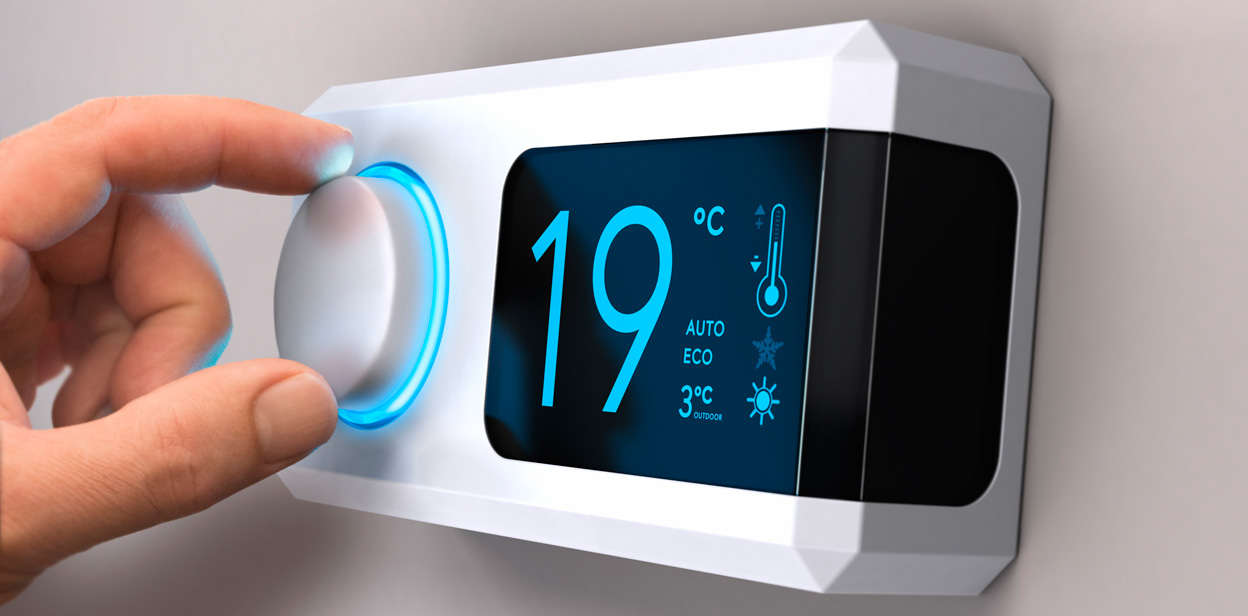
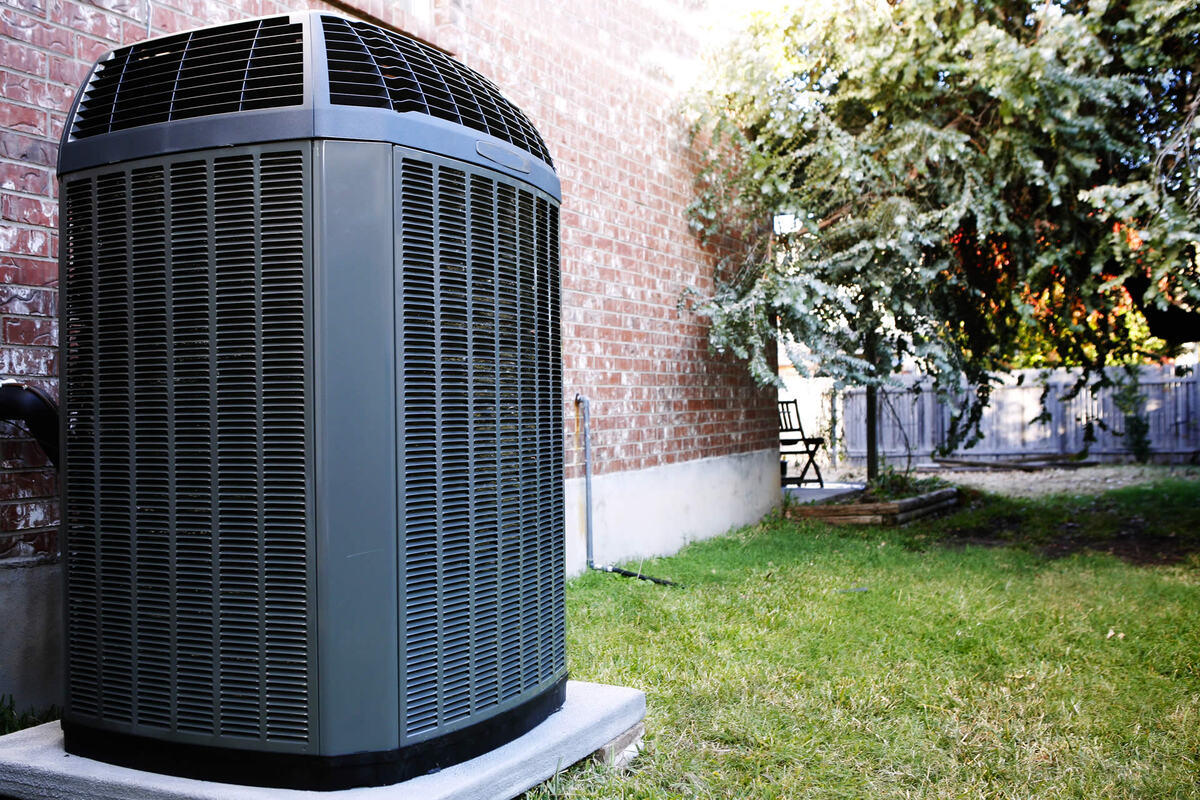
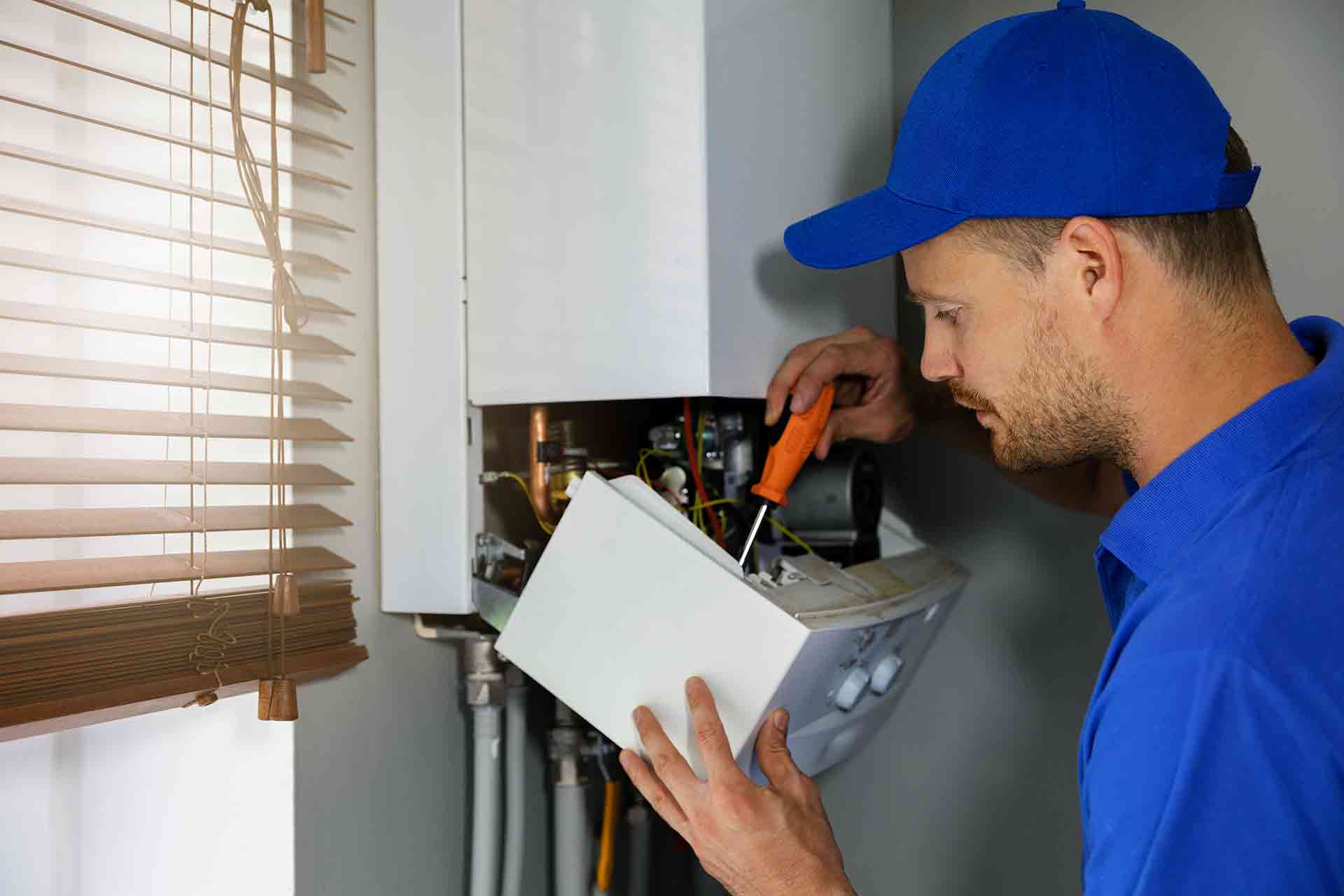
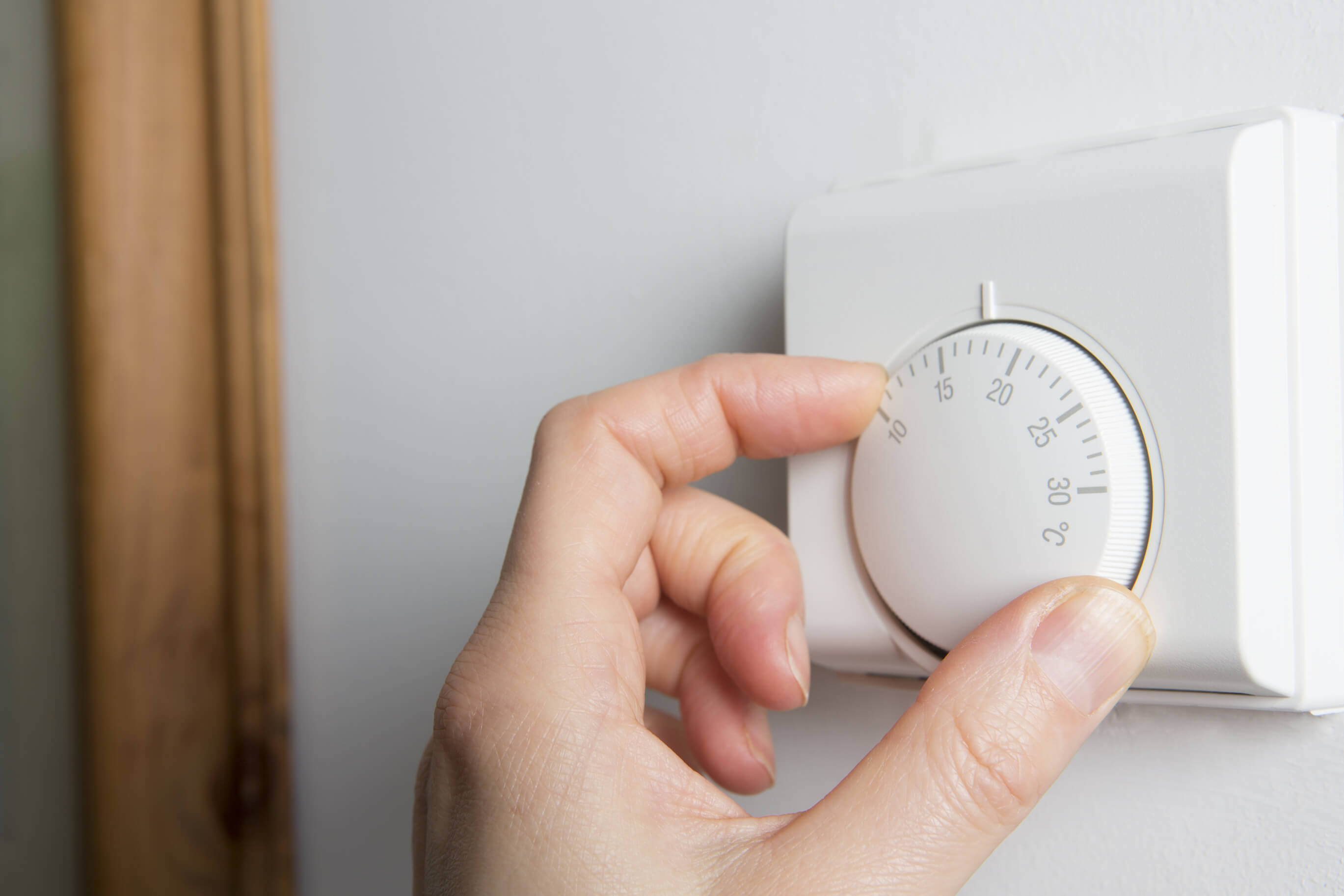
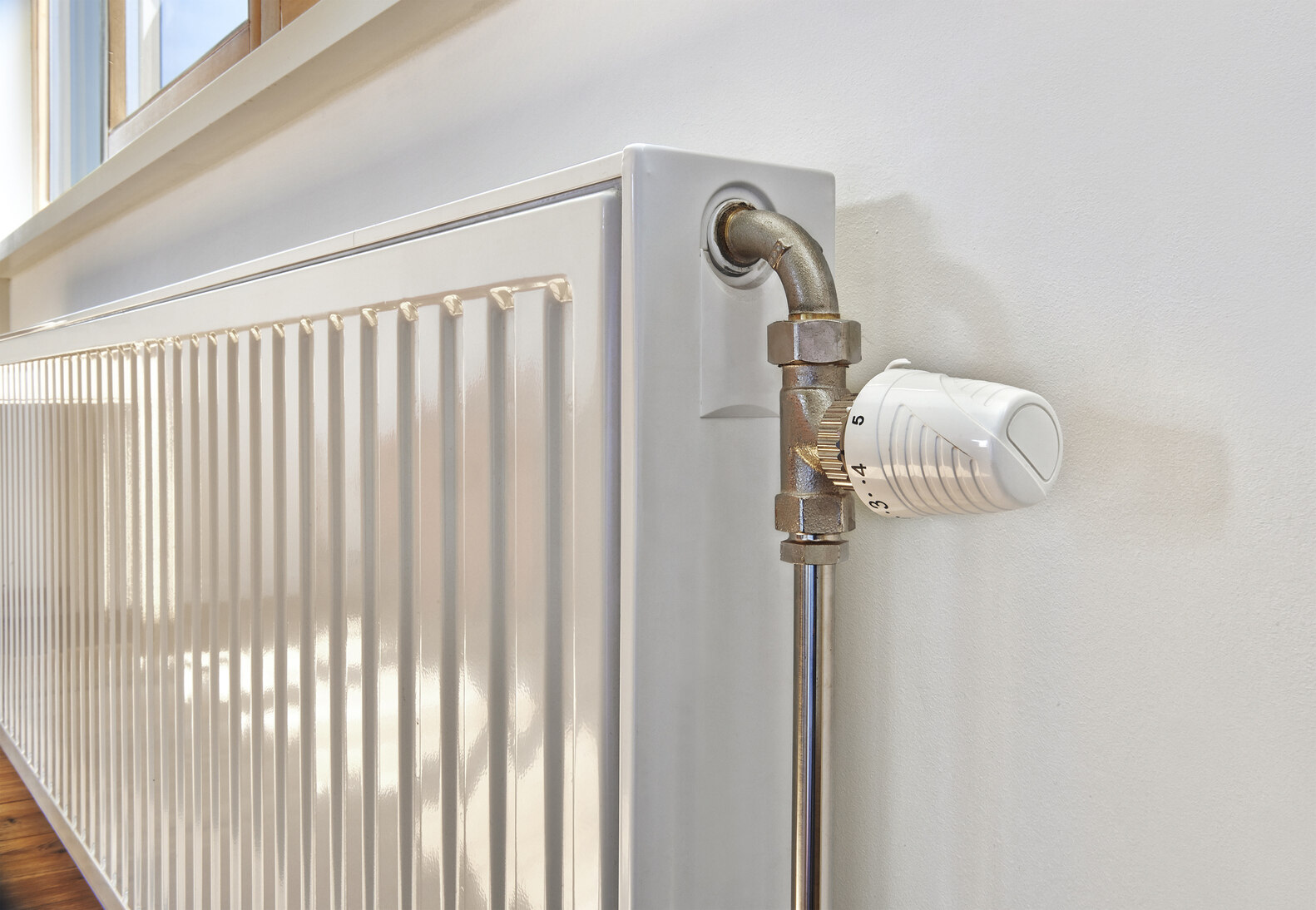
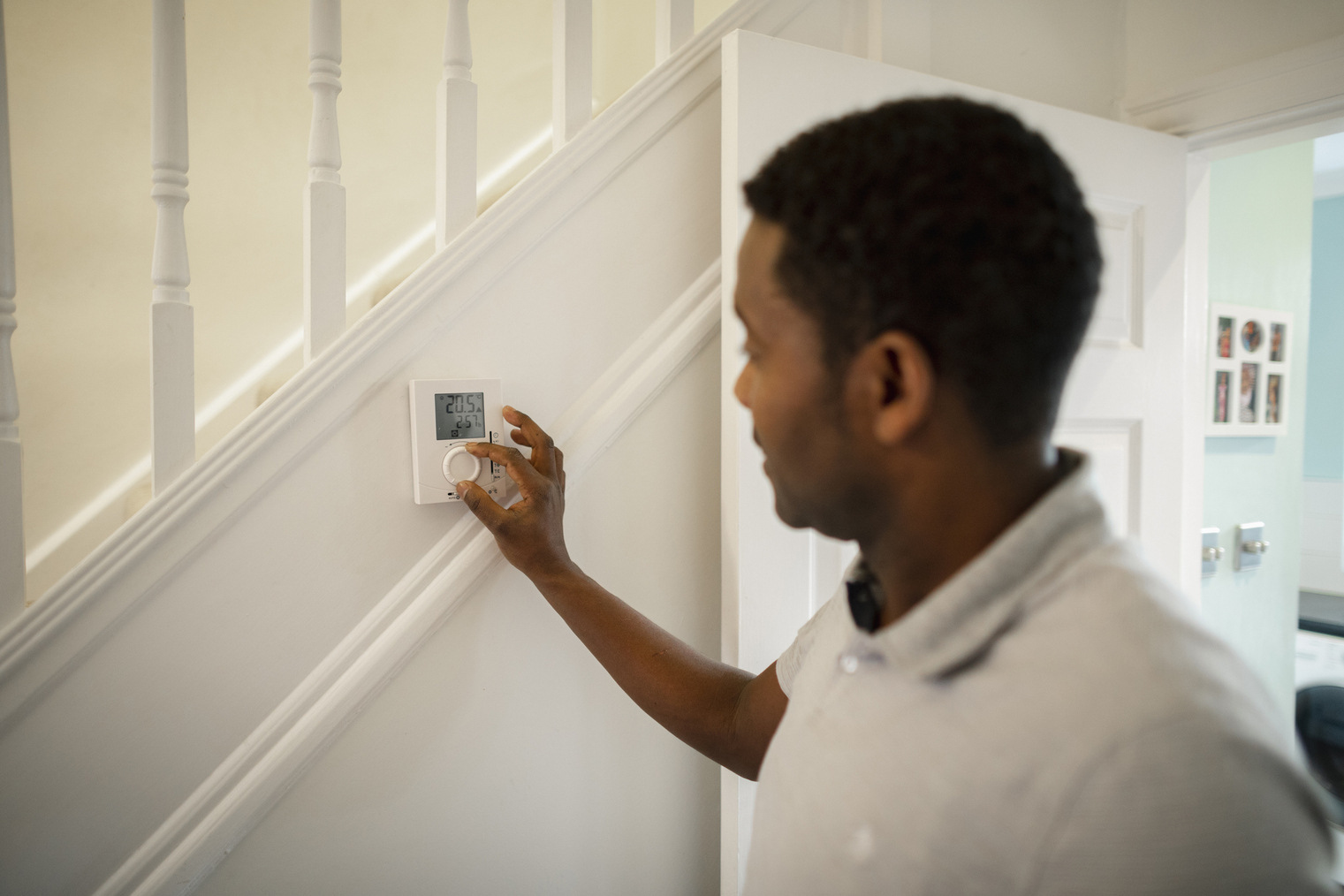

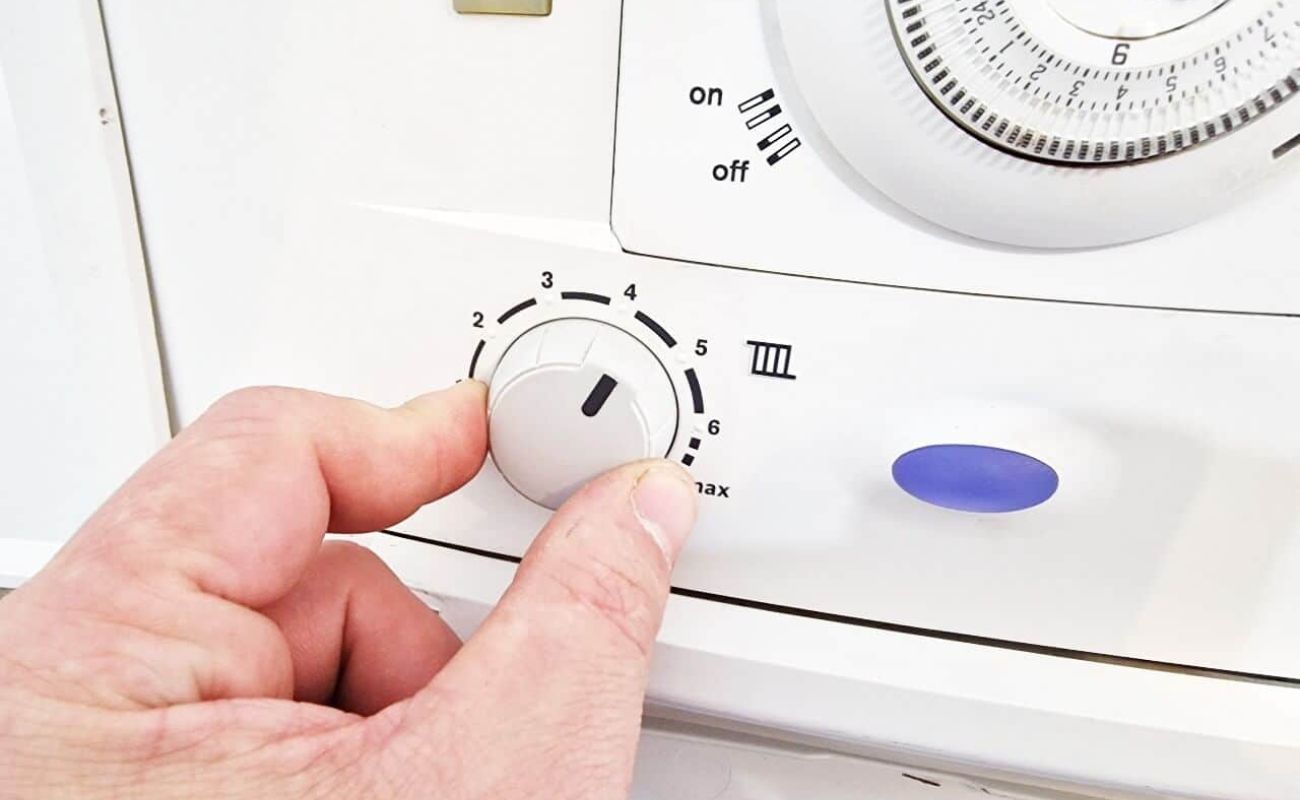
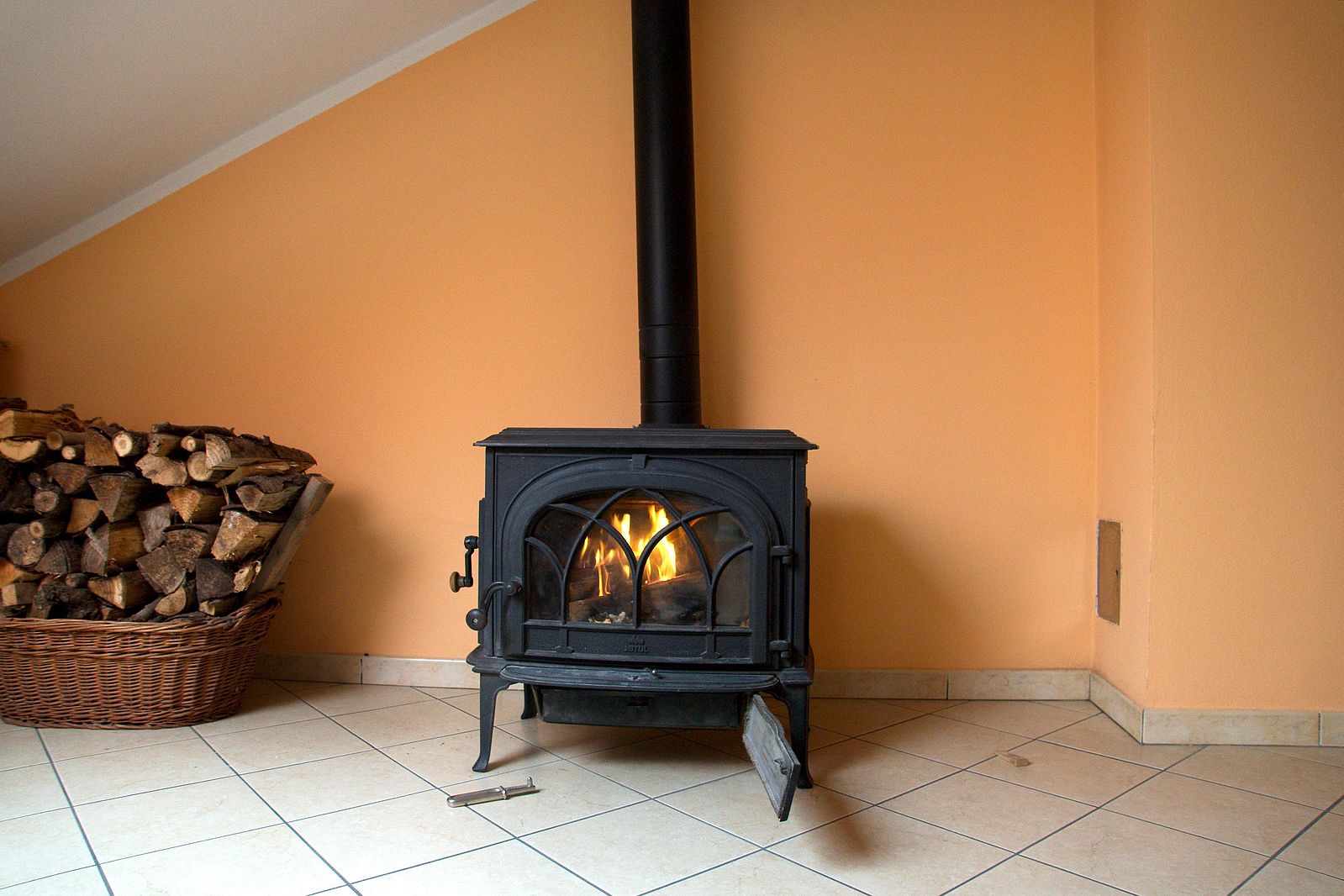
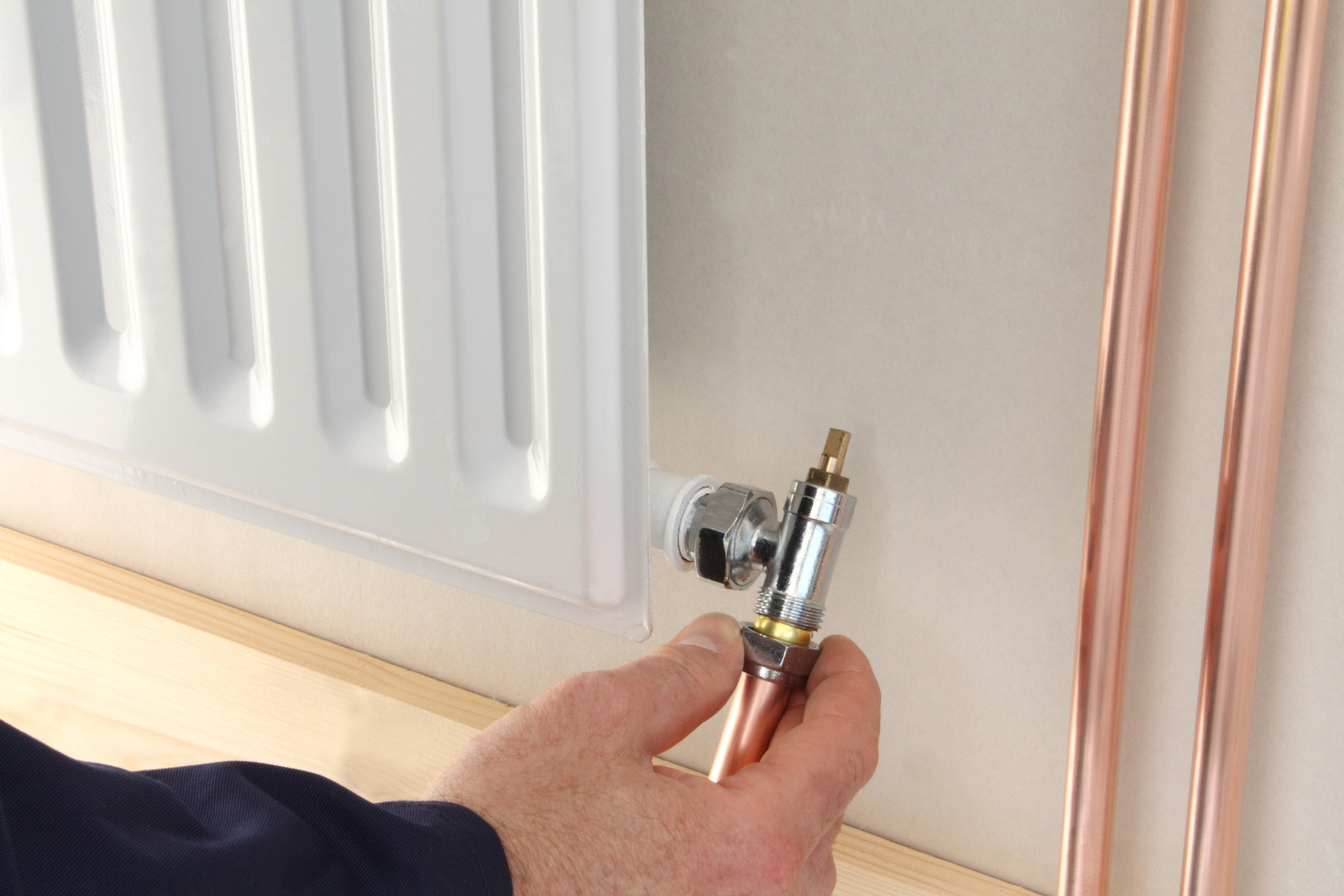
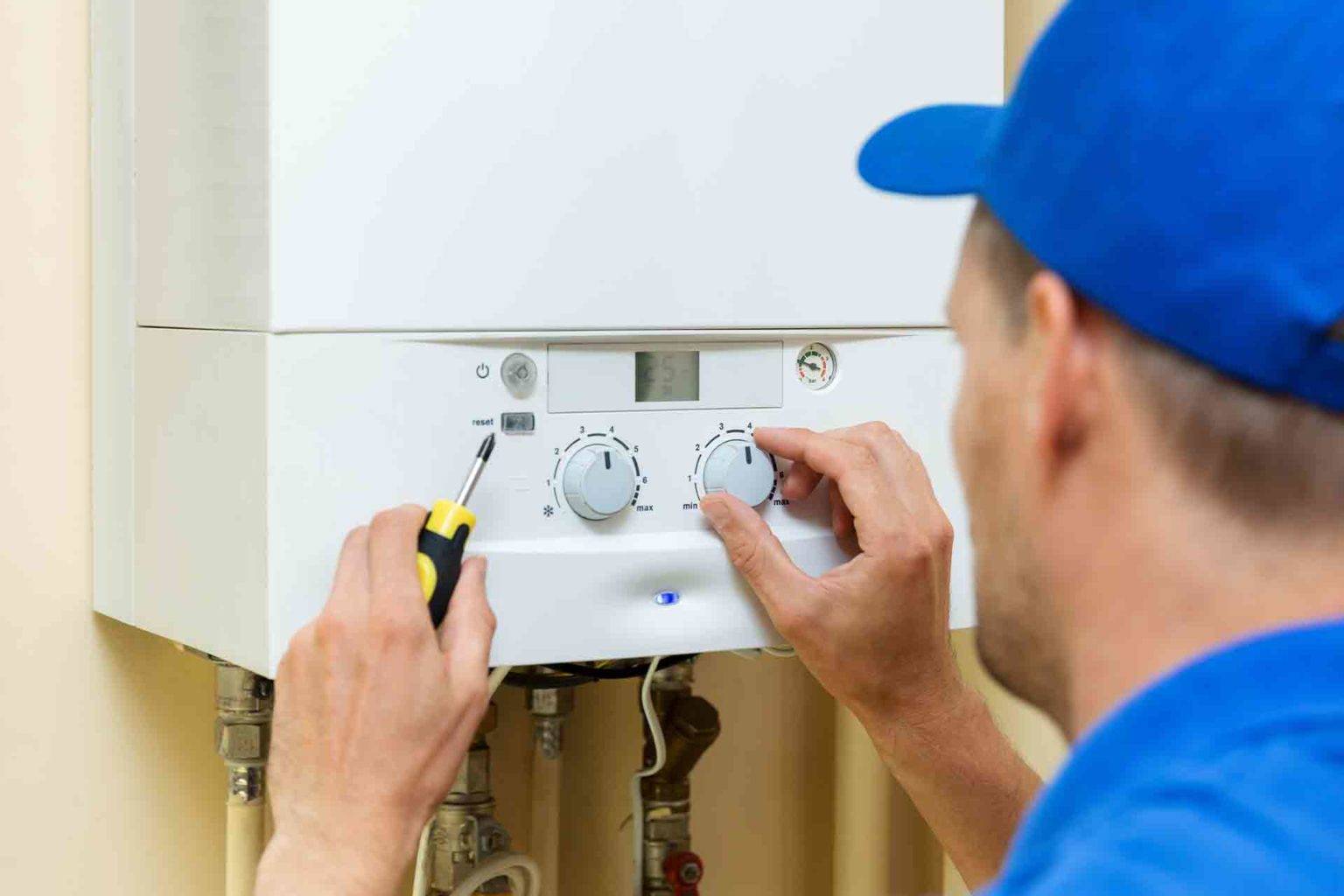
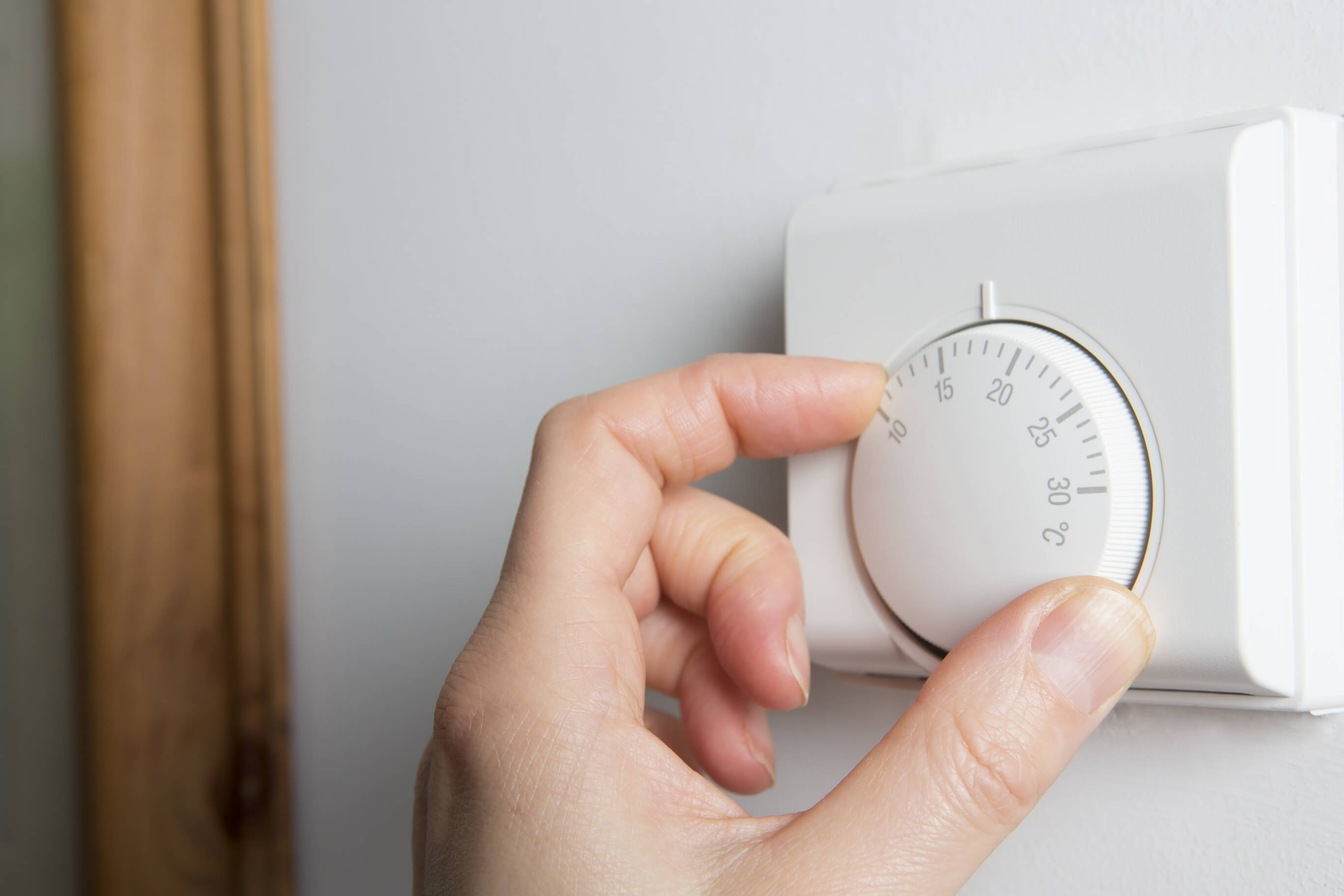
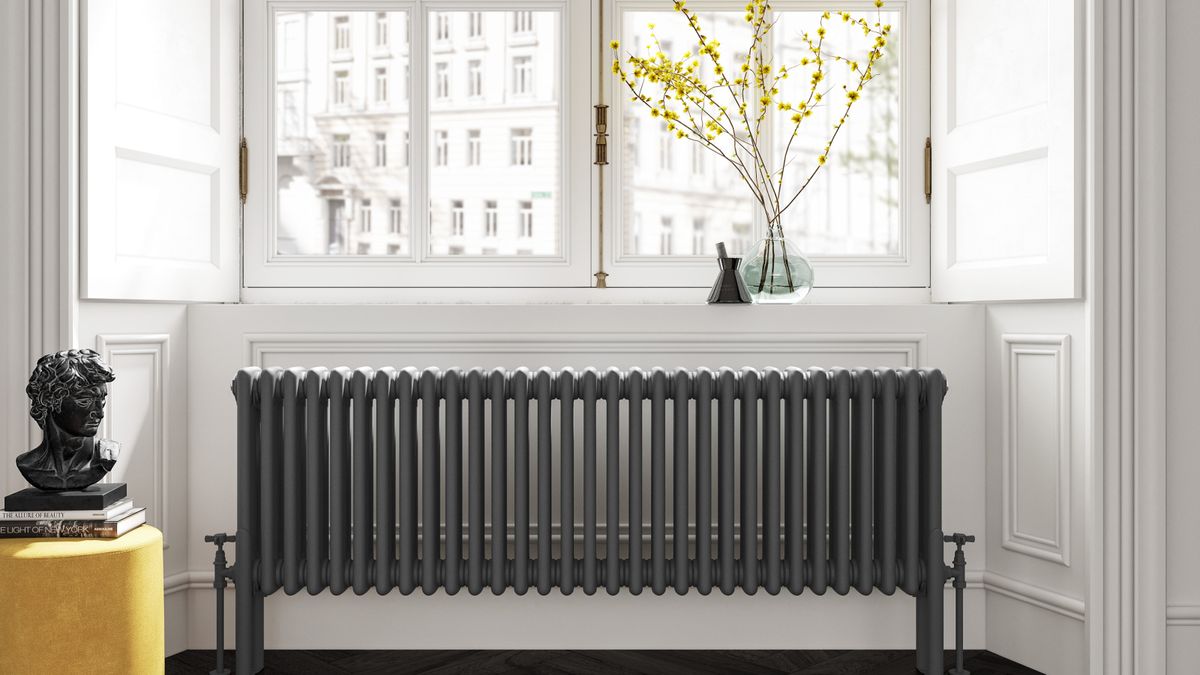
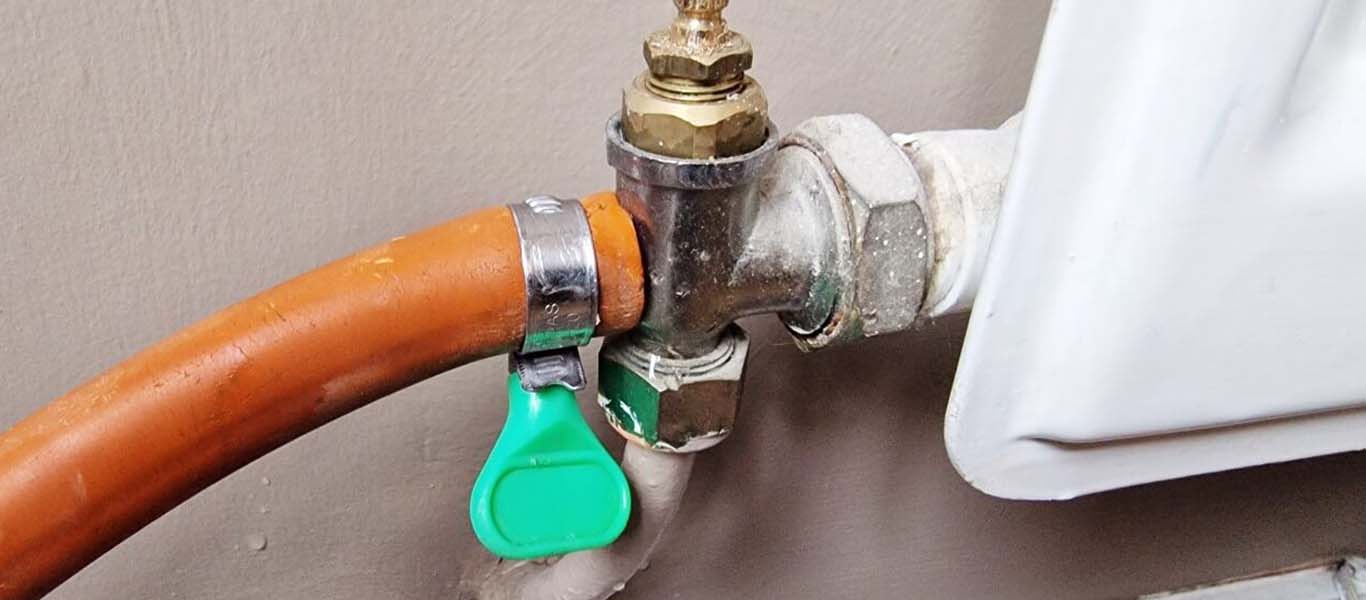

0 thoughts on “What Is Central Heating”